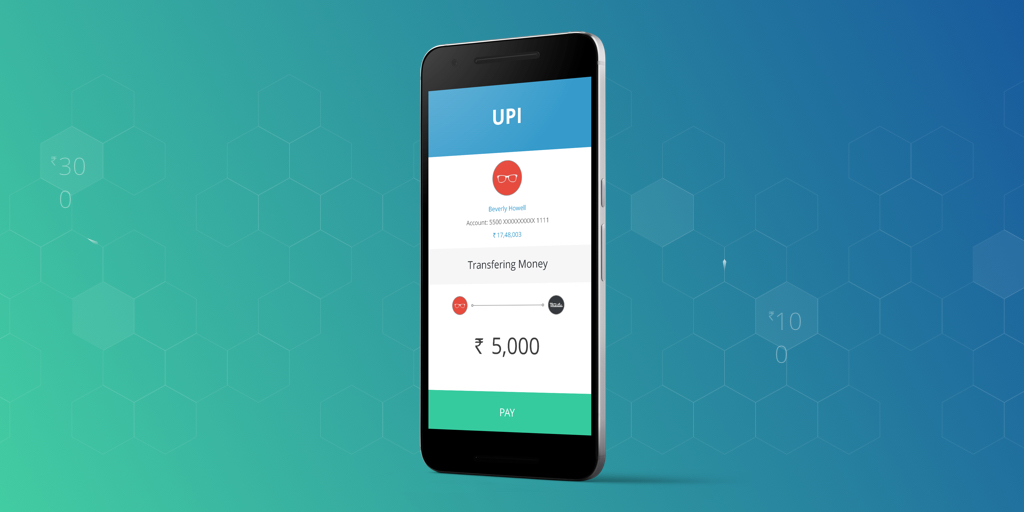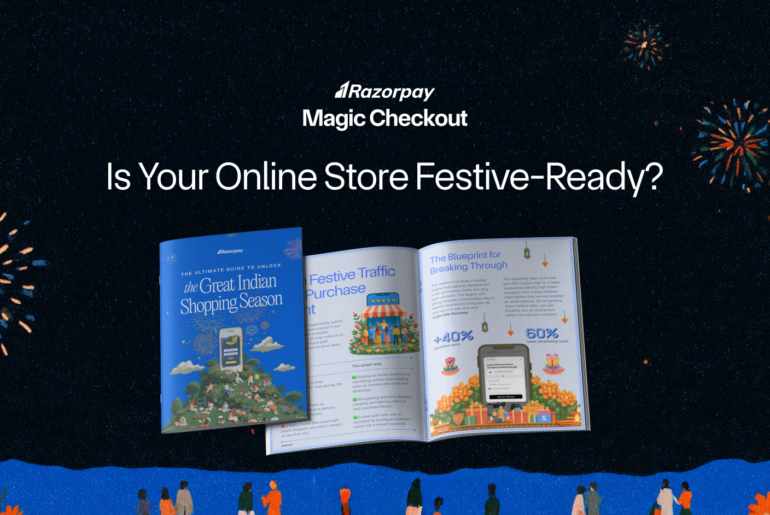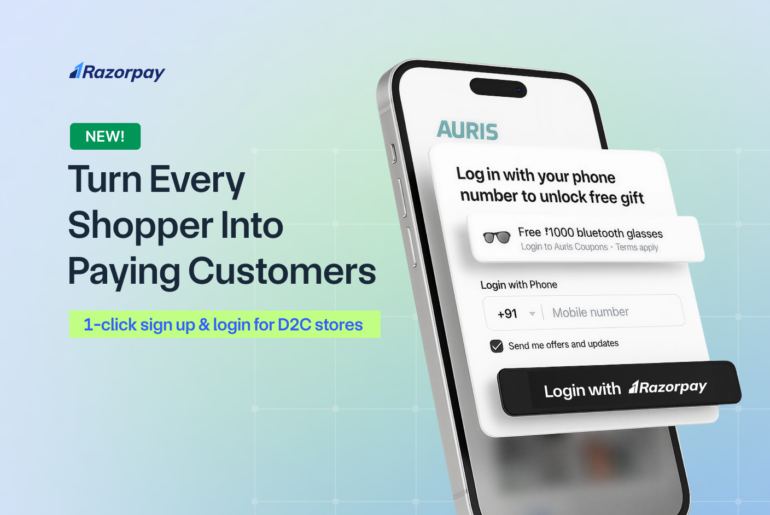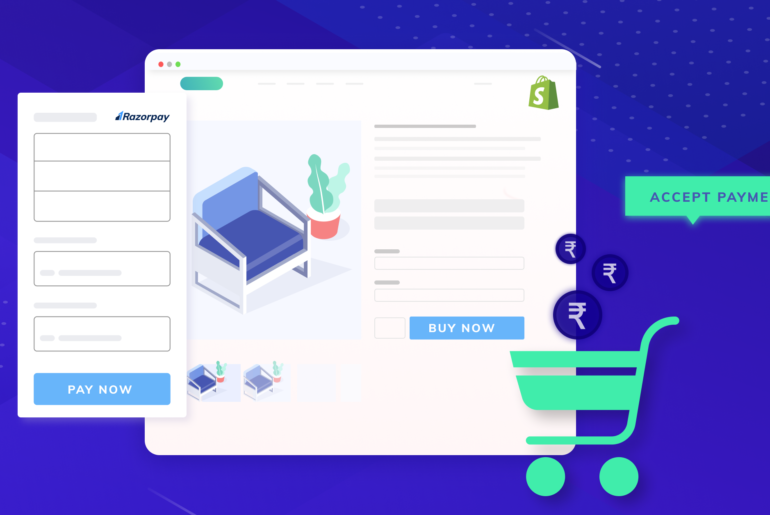Whether you’re running a B2C or a B2B business, Facebook Ads can be a great source of traffic. But if you do not approach advertising on Facebook the right way, your ad campaigns can backfire.
Many business owners start advertising on Facebook and give up way too early. I’ve spent hundreds of thousands of dollars on Facebook ads over the past few years and I can confidently say that it is the cheapest and the best customer acquisition channel online available to businesses.
Google AdWords vs. Facebook Ads
AdWords and Facebook Ads make up a large portion of the online advertising pie. However, both are very different in the way they reach customers. Both are great platforms in their own way.
In Google, the targeting is based on the search keywords. A runner could be searching for ‘Nike running shoes’. Or a 75 year old woman could be searching for the same running shoes as a Christmas gift for her grandson.
In both cases, it makes sense for Nike to run an ad for this keyword. Here, the demographic of the user doesn’t matter because of crystal-clear buyer intent expressed through the search keyword.
By advertising on Google search, you are fulfilling a demand. However, in Facebook and other display advertising channels, you are generating demand by showing the ads to your target demographic.
In demand generation campaigns, getting the target audience right is very important and there is no single company on the web that understands their users better than Facebook.
That’s why Facebook is the best channel when you want to grow your business further and beyond than the existing demand for it. With Google AdWords, you have a glass ceiling. If only 1,000 people are searching for a product or service that you have to offer, your sales are limited by the search volume. However, with Facebook Ads, sky is the limit.
Facebook Ads work really well when you have something new and unique. Internet users will not search for it because they do not know it exists. For example, I recently noticed an ad for a magnetic floating bluetooth speaker on Facebook. It redirected me to Amazon and I have added it to my wish-list. In such cases, there will be little to no search volume on Google. No one knows about a floating bluetooth speaker. It would be almost impossible to sell this product by advertising it on Google.
The same goes for B2B products and solutions. New and unique products in the market cannot be sold via search engine marketing.
Generating Interest via Facebook Ads
Facebook Ads are best suited for generating interest in a product or service. When internet users search on Google, they are either in a buying mindset or information seeking mindset.
However, an internet user’s mindset is completely different when they use Facebook. Internet users log-in into Facebook to check for updates from their friends and family. They will not be open to serious buying decisions.
If you try to advertise a product directly on Facebook and expect sales immediately, you will be disappointed. It’s like trying to sell something to someone who is chilling out with his friends in a bar. However, if you are trying to generate interest with something that they cannot refuse to pay attention to, you have a winner.
That’s why Facebook can be a great platform for content marketing and boosting traffic to your content. If you have a B2B business, don’t try to sell on Facebook directly. Instead, bring them to your blog post and get them to register for a free webinar. Then nurture your leads with drip marketing, warm them up for the sale. Close the sale with inside sales when appropriate.
If you have a B2C product, improve your brand awareness with videos, posts and other forms of content that are highly engaging. Get the users interested in your product through a link click, registration or an offer claim. Then segment this audience and deliver customized marketing messages. That way, you will make sales effortlessly on Facebook, while your competition may have already given up on Facebook Ads.
Retargeting on Facebook
Facebook is also a great platform for retargeting. Since majority of your potential customer base would be on Facebook already, you might not even need any other platforms for retargeting your website visitors.
With the Facebook Pixel installed on your website, you can track every page visit and behaviour on your website. If you have a visitor who has visited a few pages on your site, but hasn’t signed up, you can show ads to push these users to sign up. If you have a user who has signed up for a free trial but hasn’t converted into a paying customer, you can show ads accordingly.
There are a lot of third party tools that will help you synchronize your email list with Facebook custom audiences. With such integrations, you can use email and Facebook in sync to push your audience down your sales funnel.
Facebook Lead Ads
Facebook Lead Ads are a great way to generate leads, especially for B2B businesses. With Lead Ads, you don’t need to send users to a separate landing page and request them to fill a form. No one likes filling forms and it adds a lot of friction to the process.
Lead Ads pre-fill user’s information such as name, email and phone number from the information that they have already given to Facebook. Users just need to click on a final submit button to send their details to you. Lead Ads convert very well on mobile because it is not easy to fill a form on mobile with an on-screen keyboard.
Lead Ads also work very well for high ticket B2C products such as automobiles, real-estate, holiday packages and the like.



